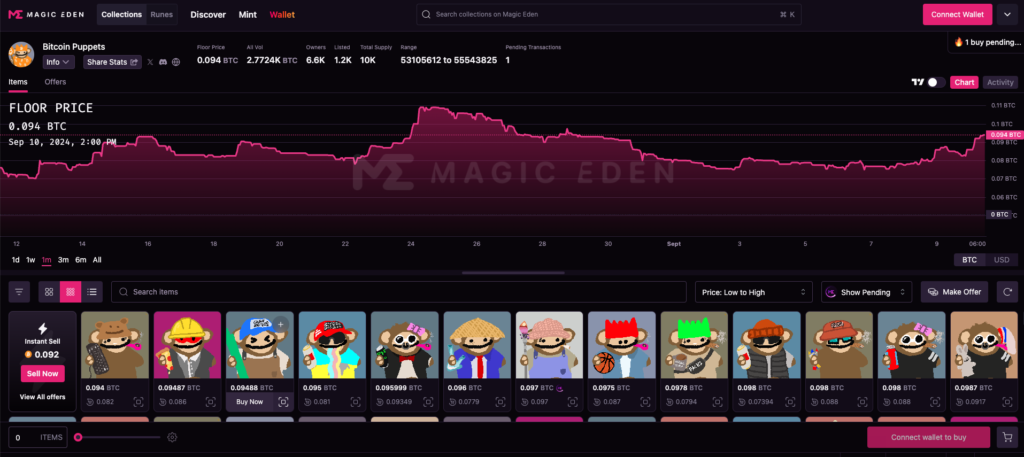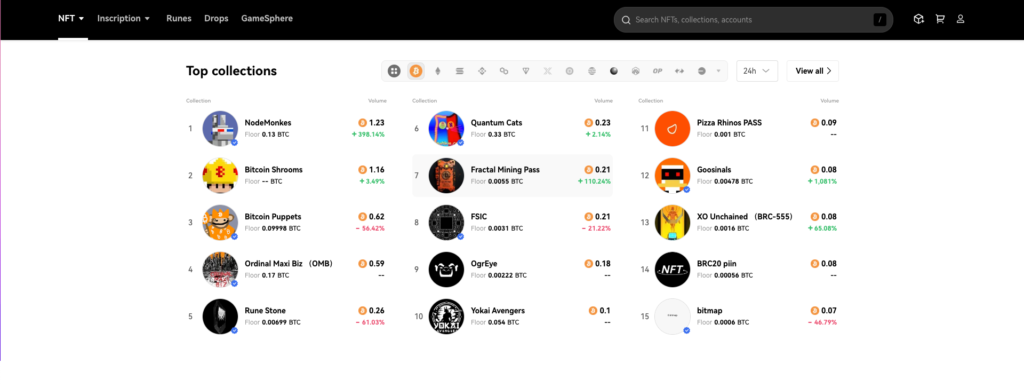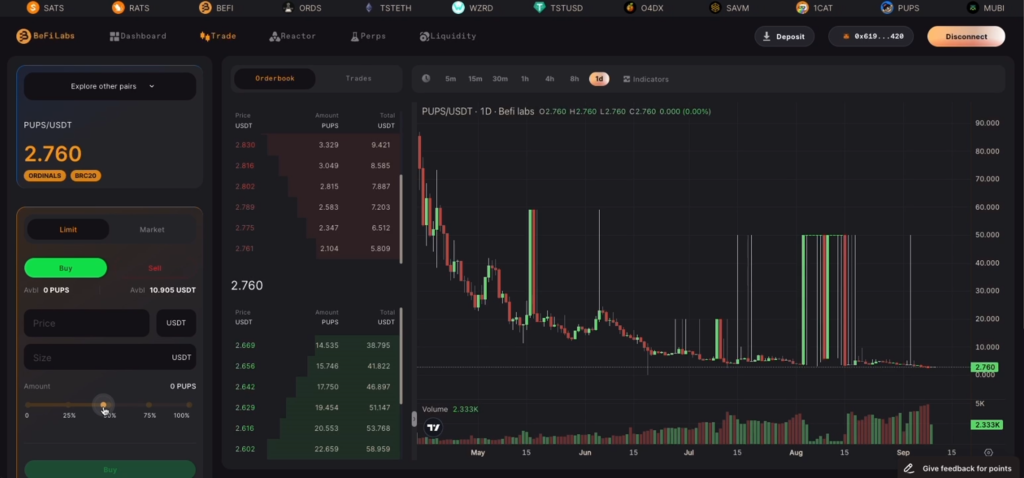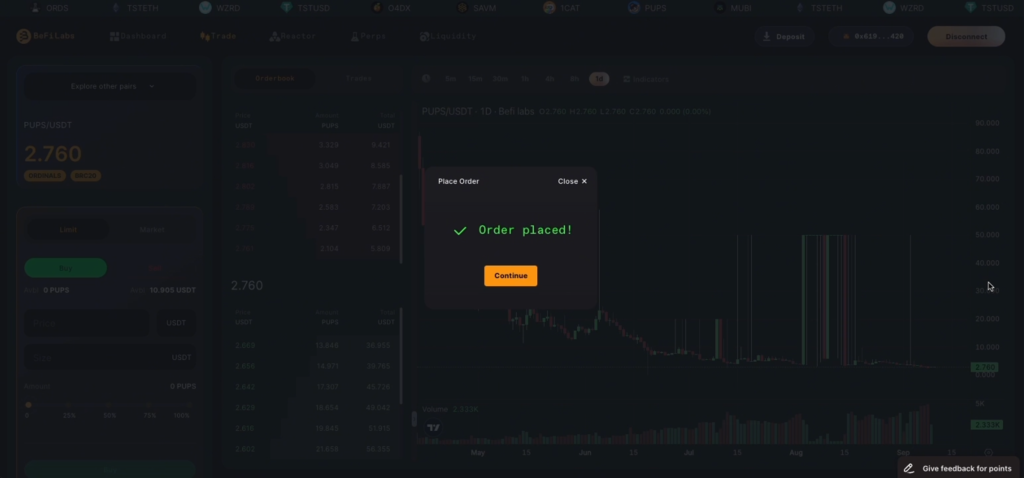For a decade plus since its creation, Bitcoin was known as the ‘boring, responsible chain’ that could only support senc and receive transactions. Ordinals turned this on reality on its head by enabling data and assets to be inscribed onto individual satoshis..From digital art to token issuance, Ordinals bring unprecedented versatility and functionality to Bitcoin while leveraging Bitcoin’s renowned security and decentralization. Dive into the world of Ordinals and discover how they are transforming the Bitcoin ecosystem and setting the stage for the next wave of digital asset innovation.
What are Ordinals?
Ordinals Theory is a conceptual framework that enables the attachment of unique data to individual satoshis (the smallest units of Bitcoin) on the Bitcoin blockchain. This theory transforms satoshis into distinct, identifiable units by using a method known as “inscriptions.” These inscriptions embed data directly within Bitcoin transactions, allowing each satoshi to carry metadata, digital art, or token information.
How Do Ordinals Work?
Ordinals utilize the concept of ‘inscriptions’ to embed data within Bitcoin transactions. This allows for the creation of unique identifiers, making it possible to attach metadata, digital art, or even token information directly to a specific satoshi.
How to Buy Ordinal NFTs
Ordinal NFTs are brought as individual units, and as so can be brought on popular NFT marketplaces such as MagicEden and OkX.
Buy Ordinal NFTs on Magic Eden
Magic Eden was one of the first NFT marketplaces to integrate Bitcoin Ordinals, while others focused on Ethereum NFTs. To buy Ordinal NFTs on Magic Eden:
- Connect your Bitcoin wallet. MagicEden have their own wallet if you don’t have one already.
- Explore the available Ordinals collections
- Place a bid or buy instantly
Magic Eden makes it easy to navigate the growing world of Bitcoin NFTs.

Buy Ordinal NFTs on OkX
OkX, a leading crypto exchange and one of the few that also doubles as an NFT marketplace, offers easy access to Bitcoin Ordinals. Here’s how to get started:
- Log into your OkX account
- Visit the Ordinals section in the NFT marketplace
- Securely purchase the NFTs of your choice
With OkX, you can trade both crypto and NFTs all in one place.

How to Buy BRC-20 Ordinals
BRC-20 tokens use the Ordinals protocol to inscribe fungible token balances directly onto individual satoshis, allowing Bitcoin to host its own token economy. This innovation bridges the gap between fungible tokens and Bitcoin’s blockchain, but buying BRC-20 tokens on most marketplaces can be challenging due to issues like bundled sales and poor liquidity.
BeFi Labs offers a streamlined solution for trading BRC-20 tokens. Here’s how it works:
Connect Your Wallet: Easily link your Bitcoin wallet to the BeFi Labs platform.
Deposit Tokens: Deposit your BRC-20 tokens from a Bitcoin wallet or USDT from supported EVM chains.

Trade: Trade your tokens with lightning-fast confirmations and lower fees, avoiding the hassles of traditional marketplaces.

BeFi Labs simplifies the BRC-20 token trading process, making it efficient and accessible for everyone.
The Evolution of Bitcoin: From SegWit to Ordinals
Bitcoin has undergone significant upgrades over the years to enhance its functionality, security, and scalability. These advancements have paved the way for innovative concepts like Ordinals, transforming Bitcoin from a simple digital currency into a versatile platform for various digital assets. Let’s explore the key milestones in Bitcoin’s evolution that led to the development of Ordinals.
- Segregated Witness (SegWit) Upgrade: The journey to Ordinals began with the Segregated Witness (SegWit) upgrade in 2017. SegWit was introduced to address Bitcoin’s scalability issues and transaction malleability. By separating the transaction signature (witness data) from the transaction data, SegWit increased the block size limit and paved the way for future innovations.
- Taproot Upgrade: Following SegWit, the Taproot upgrade was implemented in 2021. Taproot aimed to enhance privacy and efficiency on the Bitcoin network by introducing Schnorr signatures and Merkle trees. This upgrade allowed for more complex transaction types and laid the groundwork for the Ordinals protocol by enabling more data to be embedded within transactions securely.
- Ordinals, created by Casey Rodarmor, represent a significant leap in the evolution of Bitcoin. By utilizing the improvements brought by SegWit and Taproot, Ordinals allow for the attachment of data to individual satoshis through inscriptions. This innovation has enabled the creation of unique, identifiable units within Bitcoin, unlocking new potential for digital art, token issuance, and more.
Advantages of Ordinals
Immutable: One of the most significant advantages of Ordinals is their immutability. Once data is attached to a satoshi, it is permanent and cannot be altered, providing a reliable and tamper-proof way to store information.
Decentralized: Ordinals leverage Bitcoin’s decentralized nature, ensuring that the data is secure and distributed across the entire network. This decentralization enhances security and removes the need for a central authority to manage the data.
Versatile: The versatility of Ordinals is remarkable. They can be used for various applications, from creating and trading digital art to issuing fungible tokens. This opens up a wide range of possibilities for developers and users alike.
Ordinal NFTs represent a unique intersection of digital ownership and blockchain innovation. Whether you’re exploring the historical significance of these NFTs or simply adding rare digital art to your collection, platforms like Magic Eden and OkX offer seamless access to this emerging market. As Bitcoin continues to expand beyond traditional financial use cases, Ordinal NFTs stand as a testament to its growing versatility in the world of decentralized assets.



